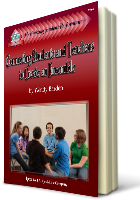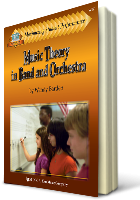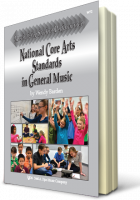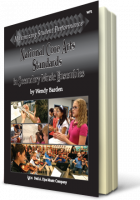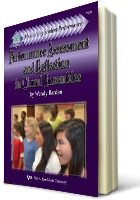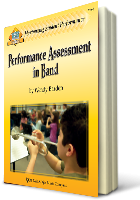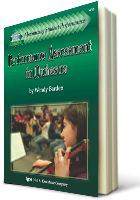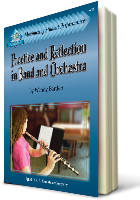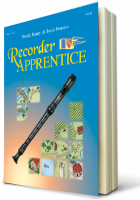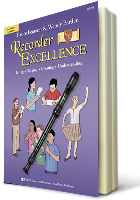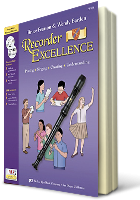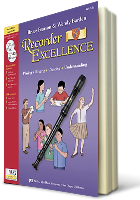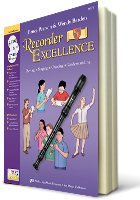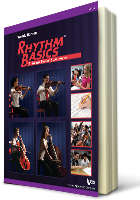April 2020: Making Distance Learning in Music Work Better
It is April 2020 and we are living with the Coronavirus-19 pandemic. Schools across the United States have been closed for about a month and we are teaching from home in the middle of a new experience called distance learning. Some days my colleagues and I feel like we’re drinking from a fire hose.
Every day I’m learning new lessons to make distance learning in music work better for K-12 students and families who a) may now be under significant stress to secure adequate shelter, food, and care; b) worry about friends and loved ones who are healthcare workers, first responders, or other essential workers; c) may or may not have broadband/internet service, d) feel isolated from other family members and friends, and/or e) didn’t choose this.
Webinars, articles, blogs, virtual conversations, personal experience. Here is my growing list of “lessons learning”:
Focus on maintaining relationships you’ve already developed with students.
- Set up “office hours” so students can talk with you via email or a special phone number.
- Email individual messages.
- Make short videos of yourself explaining an assignment or showing students your temporary work space.
- For a student who hasn’t responded to email, mail a brief note and include a stamped envelope so he or she can respond.
- What fun activity could you all take part in? Wild socks day. Meet my pet day. Where is the school mascot today (and have students submit a photo of the school mascot taken somewhere around their house)?
- Is there a way that you can facilitate students communicating with other students in the class?
Teach your students with empathy, compassion, and grace.
- See number 1. Check in with students and ask how are they doing?
- School work can be a low priority right now given everything else that is happening in their lives. A student’s whole world may be turned inside out and you’re worried that an assignment is not turned in by 3:00?
- Do. No. Harm.
Recognize teaching and learning needs to look different.
- Start small and take baby steps down this new path.
- Slow down, do less, and expect everything to take a little longer than you planned.
- Expect this to be [mostly] asynchronous learning—let students set their own pace.
- Plan work that is a little easier than if you were together at school with face-to-face instruction.
- Focus on enrichment experiences rather than new learning (both for equity and engagement). Please, no word finds or coloring pages.
- Rather than performing, this may be a perfect opportunity for students to work in processes that are often underrepresented in our classrooms—create music, listen to and respond to music, and connect music with life.
- Consider focusing on one process—one strand of the music standards—per week.
Be predictable. Continue with practices your students expect.
- Use specific “I can…” statements so students understand what they will know or be able to do by the end of the assignment.
- Bring in an element of fun or something out of the ordinary:)
- Give students choice whenever possible.
- Provide specific, descriptive feedback on assignments they complete.
Should we use technology or not?
- Students [and teachers] are more successful if they have used the technology before combining it with distance learning. Note to self for next fall: Even though you may want students to sing, play, move when they are in your classroom, it would be good to teach any technology you would want to employ if we are distance learning again.
- “Hard copy” options are needed for students without reliable internet access, or for families where multiple siblings must share one device.
- How long can students be expected to sit in front of their screen each day?
- Invest in a comfortable set of headphones.
As hard as you are working, recognize everything will not be perfect…
Yes, and… if you are looking for more music resources check out 40+ distance learning experiences I’ve created for K-12 students. Feel free to use any of them “as is,” or perhaps they will spark other ideas that better fit your students and classroom. In my “day job,” I serve as music education specialist for the state of Minnesota through Professional Development and Resource Programs at Perpich Center for Arts Education. The resources I have created are posted on the Perpich Center website at http://perpich.mn.gov/professional-development/state-arts-education-specialists/.
When you locate the Perpich Arts Education Specialists page, the first link in the Music column is an overview glossary of the experiences posted. You’ll see that each experience has suggested grade levels, is marked as needing internet or not, is aligned with a strand or process of the national standards (Create, Perform, Respond, or Connect), has an “I can…” statement, and other details. Any [bold] title in the right column of the chart is a duplicable page that is also located on the Arts Education Specialists webpage.
Sadly, it sounds like we will experience similar opportunities for distance learning in the months and years to come. We can do this. #StrongerTogether
Thanks for pausing with me for a few minutes in your busy week. Have a good one!



